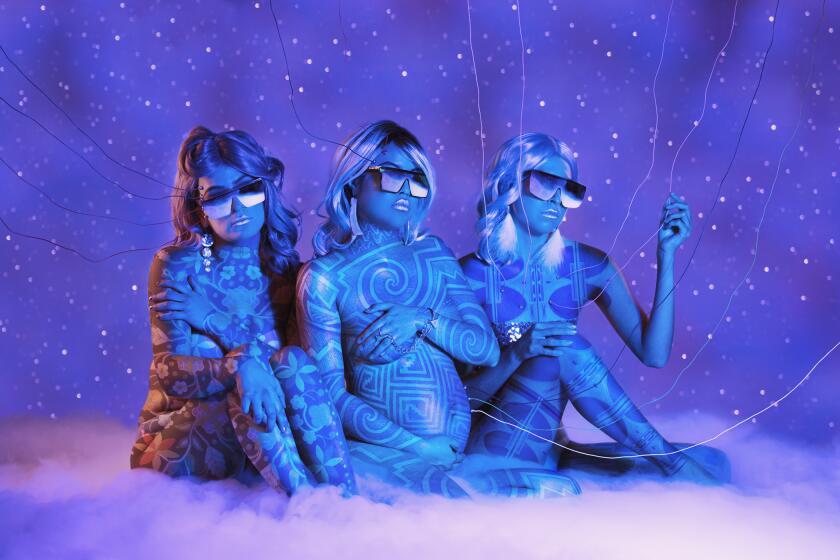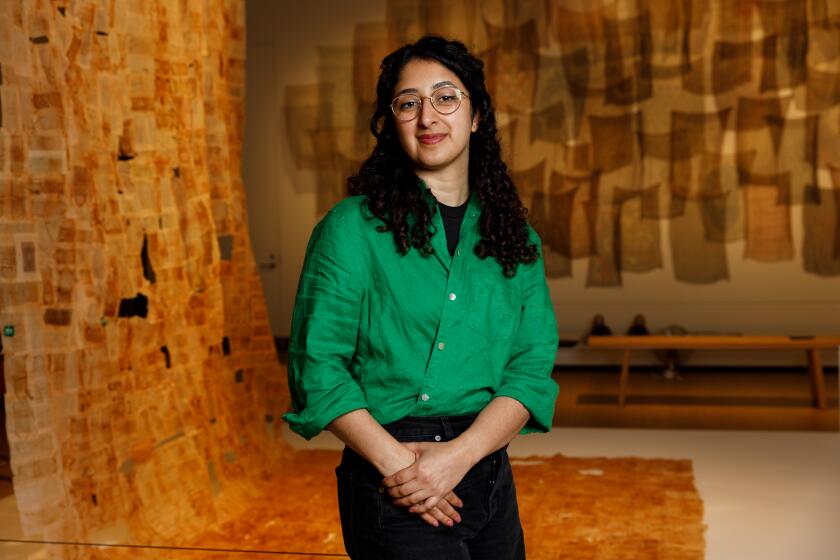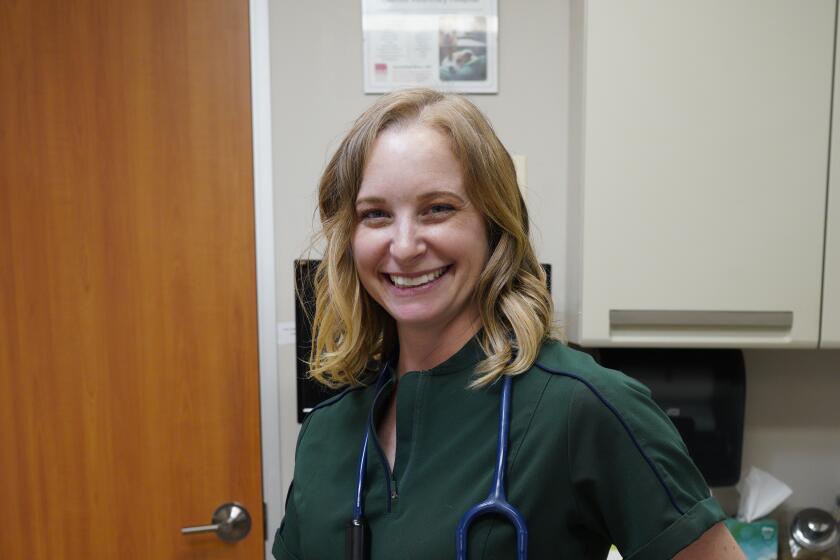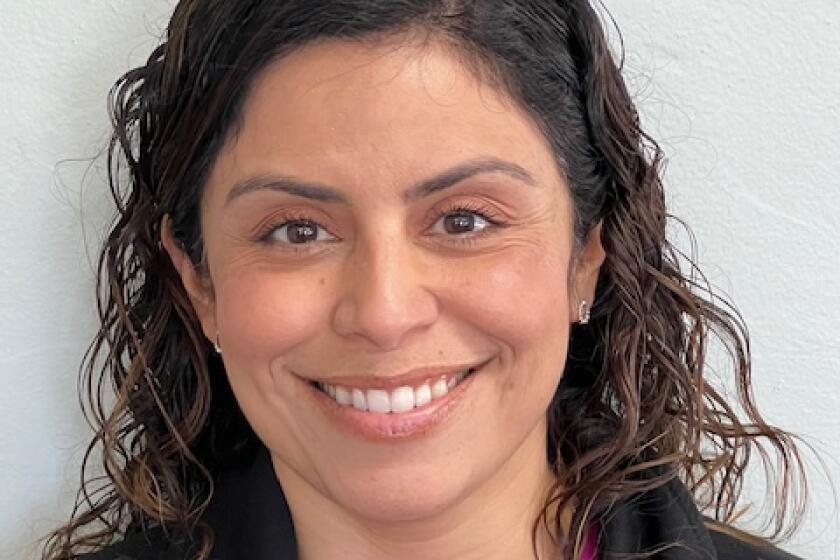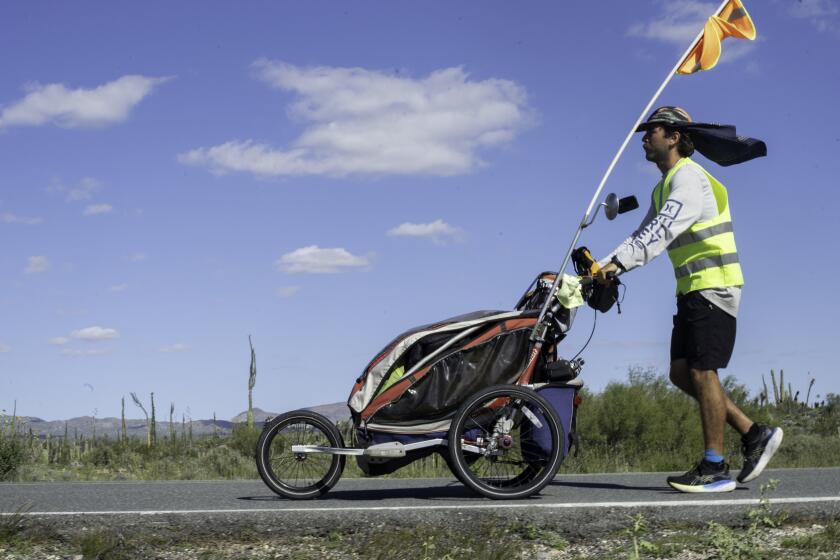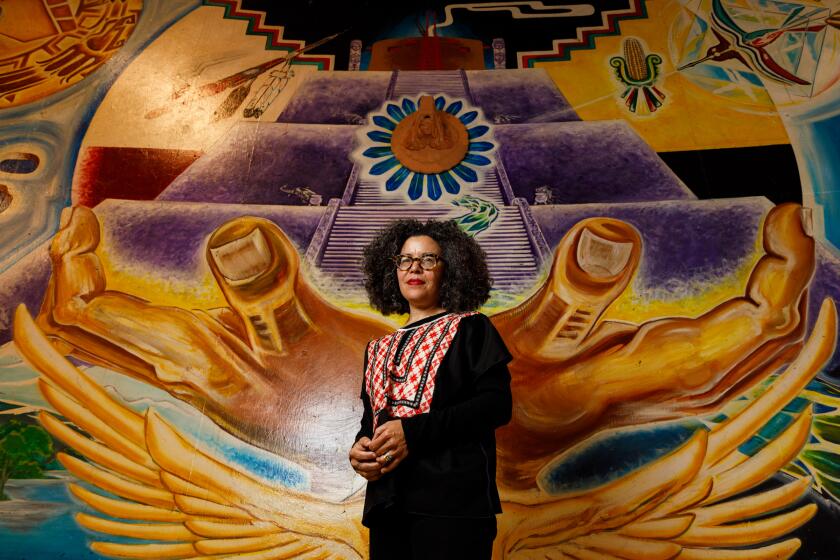Creating a safe space for artists pushing boundaries
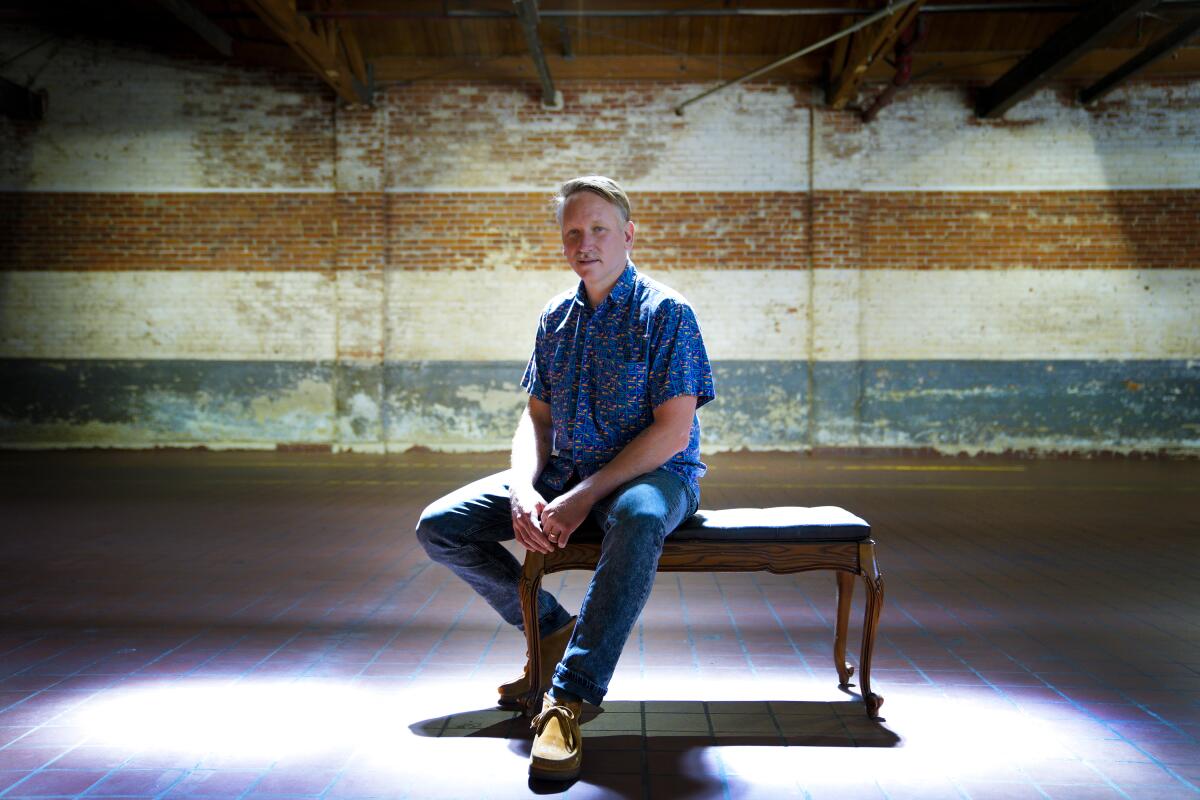
Joe Yorty is co-founder and artistic director of Best Practice, a not-for-profit exhibition space for experimental art in San Diego’s Logan Heights neighborhood
Joe Yorty has been making things with his hands since he was young. The son of a carpenter, he fell in love with tools and raw materials long before he learned about art. It was his first sculpture class that hooked him, though.
“It wasn’t until I reached college and took my first sculpture class that I learned that I could make meaning with the tools and materials with which I was already familiar,” he says.
As other artists were also making meaning, Yorty and colleague Allie Mundt, noticed a lack of local spaces to display experimental art projects. So they created one. Best Practice is their not-for-profit exhibition space in the Logan Heights neighborhood of San Diego, founded in 2016. During their first two years, they existed on a bulletin board at the University of San Diego and on a video monitor screening video works at Helmuth Projects. Since moving into their Logan Heights space in 2019 — first on Kearny Avenue and now at the Bread & Salt building on Julian Avenue — they’ve hosted a dozen exhibitions that included paintings, drawings, sculptures, video, photography, film, music and performances.
Yorty, 43, is co-founder (with Mundt) and creative director of Best Practice, and facilities manager for the department of art, architecture and art history at the University of San Diego. He lives in the Webster neighborhood in southeastern San Diego with his husband, John Brady. He took some time to talk about his own art, the organization, and Best Practice’s upcoming exhibition opening May 8, featuring the work of a group of Los Angeles artists in 3B Collective.
Q: Why was this something you and your co-founder, Allie Mundt, wanted to create?
A: We believe that these types of non-commercial art galleries are critical to the global art ecosystem since they give opportunity for artists to show work without the pressure of selling. In addition, not focusing on the selling of art allows us to create programming not directly affected by the whims of the art market, leaving room to show the work of artists who push the boundaries of their medium or simply just work in media that is less conducive to selling to collectors: video, large sculpture, installation and performance, for example.
Q: How would you describe your point of view as an artist?
A: There’s a Bruce Nauman neon piece from the late 1960s that says, “The true artist helps the world by revealing mystic truths.” I believe that.
Q: You spent 11 years in the military. Did that have any influence on your art? On how you think about/see/conceptualize what you want to say through your artwork?
A: My time in the military was certainly defining. I joined the military right after high school, mostly out of a lack of any real opportunity. I didn’t join the military because I had a burning desire to serve my country or because I was particularly interested in the work. It promised a fast-paced life with international travel and money for college, so I took the bait. I can’t say that my time in the military directly informs how I make art or what I make it about today. I might say that those several years spent with other working-class Americans taught me a lot about this country and the folks that live in it. If anything about those years informs my art practice, it’s that.
What I love about southeastern San Diego ...
There’s a real sense of community in southeastern San Diego. Families have lived here for generations, and they are proud of that. I’ve only lived here for a little over four years, but feel like I’ve been here for 40. My husband and I have become close to our neighbors — they’ve come to feel like family.
Q: You’ve said that your work “largely addresses the anxieties and absurdities of American domestic culture.” What led you to focus on this, in particular?
A: Having grown up in a working-class family, oftentimes barely scraping by and always hoping for more, I know it better than anything else. I find a sad humor or pathos in the way nostalgia or memory can manifest itself in the things we throw away. I spend a lot of time in thrift stores, estate sales and swap meets digging around for these objects. I’m also drawn to objects made of materials that simulate more expensive or authentic materials: marble, granite, fine wood. Those objects, for me, embody a longing for the authentic — a sort of meager attempt at fancy, which, to me, is a little sad and a little funny.
Q: What is it that you want to say about this need, from your perspective, that American culture has with finding “fulfillment in the accumulation of things,” as you say?
A: It’s not that I am necessarily saying anything in particular about it, but simply pointing to it. And poking fun at it. I think humor has a way of revealing a deeper understanding of the difficult things in life. Some of my favorite artists are comics and comedy writers.
Q: Can you tell us about your organization’s next featured exhibition, “By Way Of: 3B Collective”?
A: 3B Collective is a group of five artists from various neighborhoods of Los Angeles, each with their own independent studio practices, who collaborate to make murals and public art works. This exhibition, organized by the collective itself, will bring together both individual and collaborative works in painting, sculpture, video and a site-specific mural. The exhibition will be physical and open to the public at our new gallery space in Logan Heights.
Q: What can you tell us about the site-specific mural being created?
A: At the time of this interview, the design and planning of the mural is still underway, so I can’t do much to describe what it will look like. The mural will fill two walls of the gallery, each approximately 10 feet tall by 30 to 35 feet wide. The mural will use a combination of imagery and abstraction to make commentary on gentrification. In particular, the erasure of murals, graffiti and the buffing (the visible concealment of graffiti with unmatched paint) that partly defines the aesthetics of many neighborhoods of Los Angeles and San Diego will be employed. A connection between the building of the Coronado Bridge, located only two blocks from the gallery, and the East L.A. interchange in the Boyle Heights neighborhood near downtown Los Angeles, will be made to speak to the negative impacts this type of urban planning has had on Chicano and Latino communities and neighborhoods for decades.
Q: Can you talk about the significance of creating a mural in Barrio Logan, a neighborhood renowned for its own mural work?
A: While 3B Collective’s mural at Best Practice will differ from the outdoor murals of Barrio Logan and Logan Heights by being temporary and indoors, it will function much in the same way as the murals of Chicano Park by bringing visibility to the history of a marginalized group of people. The collective is working in the tradition of other collectives and artists from East Los Angeles and the San Diego region, and hopes to pay homage by continuing to create murals and site-specific works.
Q: What is the best advice you’ve ever received?
A: Wear comfortable shoes, always. And be kind.
Q: What is one thing people would be surprised to find out about you?
A: I once ate a piece of Wolf Blitzer’s birthday cake on a ship in the Arabian Sea when he toured the Middle East in 2005 to report on the wars.
Q: Please describe your ideal San Diego weekend.
A: There is so much I love about this region, it is hard to narrow it down: the beaches, the restaurants, Northern Baja, the mountains, the desert. My ideal weekend in San Diego is really anything that includes relaxing with my husband, my dog, and my friends, outside in the summer.
Get Essential San Diego, weekday mornings
Get top headlines from the Union-Tribune in your inbox weekday mornings, including top news, local, sports, business, entertainment and opinion.
You may occasionally receive promotional content from the San Diego Union-Tribune.



